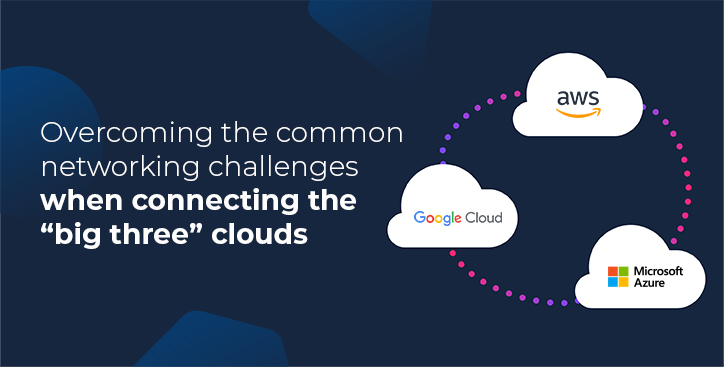APIs As An Antidote To Innovation Stagnation
By The Console Connect Team|1 July, 2019

We’ve previously discussed how the API layer provides organisations with a single interface for delivering a common command set for tasks, including creation and management of compute and storage instances as well as the network connections to those instances.
But as IT infrastructures become more complex and the demands on business more time sensitive, APIs also have a role in helping organizations overcome ‘innovation stagnation’.
A new study from Salesforce-owned API integration platform MuleSoft, reveals that 84% of global IT leaders believe integration challenges are slowing digital transformation progress, while a similar proportion (83%) see data silos creating business challenges in their organization.
MuleSoft commissioned Vanson Bourne to survey 650 IT leaders from global companies across the US, UK, Germany, Netherlands, Australia, Singapore, and China and discovered that IT leaders are feeling more pressure in 2019 than ever before to rethink the way things have been done in the past.
It is keeping the lights on
This is partly because IT is being forced to do more with less - despite the fact that IT project demands will increase by 32% this year, the majority (77%) of IT departments will see a budget increase of less than 10%. As a result, the majority (69%) of IT leaders see their time focused on keeping the lights on instead of innovating new solutions for the business.
Increasingly, keeping the lights on means integrating the plethora of different applications and systems used by different functions across the organization. In fact, a mere 8% of respondents said that their responsibility sits within IT only. The vast majority (92%) said integration spans beyond IT to a wide range of business areas, with the most common being business analysts (49%), data science (42%), application owners (38%), support (38%), HR (37%), and marketing (36%).
But despite systems integration becoming the main day-to-day demand on the IT function, it’s a requirement that shows no sign of slowing down.
Systems integration requirements are growing
On average, IT decision makers are being asked to deliver 32% more projects year over year. However, only 36% say they were able to deliver all the projects asked of them in the previous year. In order to meet these escalating needs, IT leaders are looking for new ways to streamline and manage systems, data, and devices across the enterprise.
Somewhat ironically, this was the same driver that made a shift to the public cloud and SaaS so attractive in the first place. The challenge now is that organizations have an unwieldy number of applications in their arsenal, the vast majority of which do not talk to each other.
More than half of respondents to the study (53%) report having 800 or more applications in use, with 43% having 1,000 or more. But the percentage of those that are connected or integrated remains stagnant at 29% year-on-year. The knock on effect is that the majority of IT decision makers (59%) find it difficult to introduce new applications or technologies or make changes to existing applications (65%) because of their IT infrastructure.
APIs as digital glue
Along with hiring more staff and adopting a DevOps strategy, around four in ten organizations plan to leverage APIs for application and system integration. APIs are seen as the glue that connects the digital world and for organizations to innovate at the speed of market leaders - or even at all in some cases - it is critical to discover, connect, and reuse existing software assets using APIs.
Those that own APIs report an array of business results, from increased productivity (53%), greater agility across teams to self-serve IT (46%), to increased innovation (40%), all of which serve to better connect and integrate the business. From a cloud or SaaS perspective, having the same cloud APIs deployed to multiple clouds, public and private, means workloads can be more easily moved to the optimal cloud. The same benefits of API adoption are also present in connectivity management, particularly in getting networks operated by different providers to not just talk to each other, but to allow the provisioning of connections across networks quickly and easily.
According to MuleSoft, organizations are seeing significant financial rewards for leveraging APIs — on average, 25% of organizational revenues are generated from APIs and API-related implementations, according to respondents to the study.

.jpg)





.jpg)

